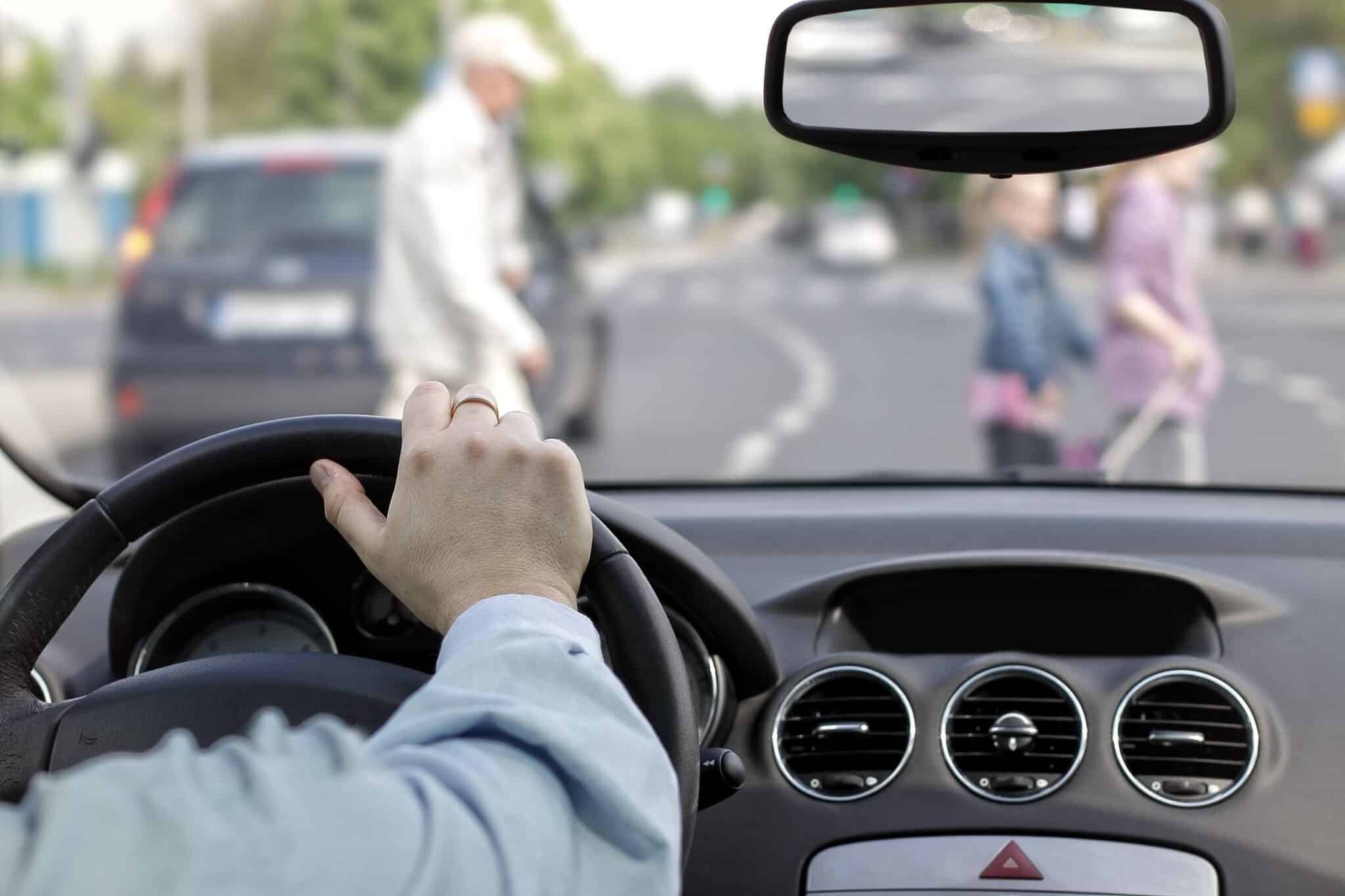Over the years, automotive safety has evolved significantly. In the past, essential features like seat belts, airbags, and antilock brakes were the cornerstones of vehicle safety. While these features continue to save thousands of lives—seat belts alone prevent about 15,000 deaths annually—the real revolution in car safety is happening today.
Modern vehicles are not only better at protecting occupants during a crash but also come equipped with advanced technologies designed to avoid accidents altogether. New vehicles can now even call emergency responders automatically in the event of a crash.
Today’s cars are much safer than those from just a decade ago, thanks to a combination of passive and active safety features. Passive features like advanced airbags and better seatbelt designs help minimize injuries when a crash occurs. Active safety systems, such as automatic emergency braking (AEB), are designed to prevent accidents by intervening before a collision happens.
These advancements, however, are largely unavailable on older cars. With the average age of vehicles on the road now over 12 years, many drivers miss out on life-saving safety technologies like backup cameras and electronic stability control (ESC).
Although keeping an older vehicle might seem financially wise, the safety advantages of upgrading to a newer car are hard to ignore. Newer vehicles, even the more affordable models, come standard with modern safety features that make a real difference in preventing accidents and protecting passengers.
Features such as automatic crash notification and AEB are increasingly standard, and these technologies can help save lives. When considering a new or used vehicle, it’s essential to prioritize cars with the latest safety innovations, especially if you’re currently driving an older model.

Automatic Crash Notification: Saving Lives in an Emergency
One of the most life-saving innovations in modern cars is automatic crash notification (ACN). This technology alerts emergency responders automatically when the vehicle’s airbags deploy or the car detects a significant collision. Using either the car’s built-in cellular connection or a paired phone, ACN sends the GPS location of the crash and sometimes even information about the severity of injuries, which can speed up emergency response times.
A 2019 study by the National Highway Traffic Safety Administration (NHTSA) suggested that if all cars had ACN, it could save more than 700 lives annually. More automakers are now including this technology for free or offering it as a part of a trial period, so be sure to check if it’s available in any vehicle you’re considering.
Electronic Stability Control: Preventing Skids and Loss of Control
Electronic Stability Control (ESC) is another critical safety feature that became mandatory on all new cars in 2012. ESC helps prevent accidents by automatically applying brakes and adjusting engine power to keep the vehicle stable, especially in slippery conditions or during sharp turns. The technology works by using sensors to monitor wheel speed, steering angle, and sideways motion, which helps prevent skidding or loss of control.
ESC is particularly beneficial for taller vehicles like SUVs and pickup trucks, which are more prone to rollovers. If your car lacks ESC, it’s worth considering a replacement, as vehicles with ESC are significantly easier to control in emergencies, especially in inclement weather.

Advanced Crash Protection: Better Structure, Better Safety
Advanced crash protection has come a long way over the past decade. The Insurance Institute for Highway Safety (IIHS) and NHTSA have introduced tougher crash tests, including the “small overlap” test, which simulates a crash where only the front corner of a vehicle hits another object or car. Vehicles with better designs and improved structural integrity perform better in these tests, significantly reducing the risk of fatal injuries.
For example, the likelihood of fatality in a frontal crash is reduced by 12% in vehicles that perform well in IIHS’s small overlap test. When shopping for a vehicle, it’s essential to look for one that scores highly in these crash tests and has strong structural features to protect occupants during a collision.
Automatic Emergency Braking (AEB) with Pedestrian Detection
One of the most impactful safety features in newer cars is automatic emergency braking (AEB). This technology uses radar sensors to detect an impending collision with another vehicle, pedestrian, or cyclist and automatically applies the brakes to avoid or reduce the severity of the crash. AEB has been proven to reduce rear-end collisions by 50%, and when combined with pedestrian detection, it can reduce pedestrian crashes by 27%.
AEB systems that work at both city and highway speeds, and perform well at night, are the most effective in preventing accidents. When buying a car, check for AEB systems that operate at all speeds and are equipped with pedestrian detection capabilities to maximize safety.

More Protection for Rear-Seat Passengers
While front-seat occupants have traditionally benefited from the latest safety features, rear-seat passengers are now receiving greater protection as well. Many newer cars come equipped with advanced rear-seat safety features, including seat belt pretensioners that tighten the belt in the event of a crash and load limiters that prevent excessive belt force from injuring passengers. These innovations have significantly reduced the fatality risk for rear-seat occupants.
Additionally, newer vehicles feature rear-seat alerts that remind drivers to check for passengers in the backseat and rear-seat belt minders that notify drivers if someone in the back isn’t properly buckled. To ensure maximum protection for all passengers, always make sure rear-seat occupants are properly restrained, and children under 13 should ride in the back seat using the appropriate car seat or booster.
Making the Right Choice for Safety
The automotive industry continues to innovate, and today’s cars are significantly safer than those of the past. Whether you’re considering a new or used vehicle, safety features should be a top priority in your decision-making process. If your current car is older and lacks advanced safety technologies like AEB, ESC, or ACN, upgrading to a newer model could save your life or the lives of your passengers.
Be sure to check the safety ratings from NHTSA and IIHS, as well as the presence of life-saving features like advanced crash protection and rear-seat safety systems. In the long run, investing in a car with the latest safety advancements can provide peace of mind and enhanced protection on the road.

